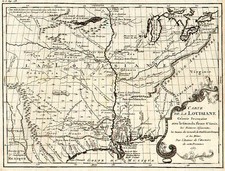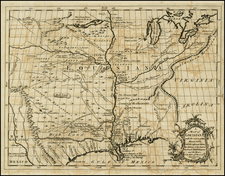Search
Archived
Place/Date:
Paris / 1757
Size:
13.5 x 10 inches
Condition:
VG+
Stock#:
0100
Place/Date:
Paris / 1757
Size:
13.5 x 10 inches
Condition:
VG
Stock#:
19865
Place/Date:
Paris / 1757
Size:
8 x 6 inches
Condition:
VG
Stock#:
19864
Place/Date:
London / 1763
Size:
13.5 x 10 inches
Condition:
VG
Stock#:
26414
Place/Date:
London / 1763
Size:
9.5 x 7.5 inches
Condition:
VG
Stock#:
26402





